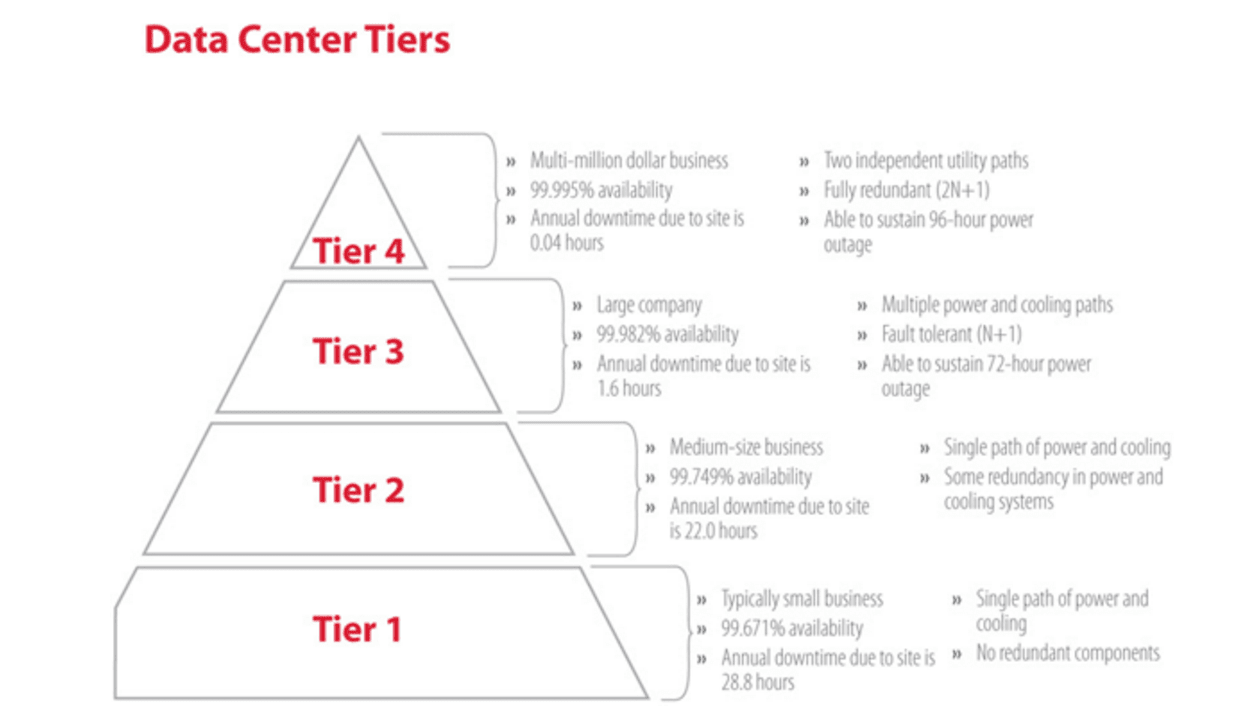If a Company Goes Bust Who Pays Redundancy? Legal Insights for UK Employees
If a Company Goes Bust Who Pays Redundancy? Legal Insights for UK Employees
Blog Article
Exploring the Interplay Between Firm Redundancy and Business Flexibility for Future Growth
In the vibrant landscape of today's service world, the detailed partnership between business redundancy and organizational versatility becomes an important aspect for sustained growth and success. Companies usually deal with the challenge of striking a fragile equilibrium between maintaining a level of redundancy to reduce threats and fostering flexibility to react promptly to the ever-evolving market demands. This fragile interplay holds the crucial to not only making it through in unstable times but likewise growing in the face of uncertainty. As we discover the multifaceted dimensions of this interplay, fascinating insights right into exactly how organizations navigate these complexities to lead the way for future development wait for.
Significance of Firm Redundancy
Firm redundancy is an essential component that improves business resilience and alleviates operational threats. By integrating redundancy actions within the business framework, business can much better stand up to unanticipated interruptions and fluctuations in the service atmosphere. Redundancy acts as a calculated barrier, allowing firms to adjust and respond properly to unanticipated obstacles without compromising crucial procedures.
One trick aspect of the value of business redundancy is its role in making sure continuity throughout times of crisis. When confronted with sudden changes or emergencies, redundant systems, sources, or personnel can action in to keep crucial features and protect against widespread disruptions. This connection not only safeguards the firm's reputation and consumer trust but likewise reduces monetary losses and functional downtime.

Strategies for Organizational Flexibility

Another vital approach is buying modern technology and framework that can support adaptability and scalability. Applying electronic tools, automation, and information analytics can simplify operations, boost performance, and supply valuable understandings for notified decision-making. Additionally, producing adaptable organizational structures that enable for quick modifications to market dynamics and customer needs is important for staying competitive in a rapidly advancing atmosphere. By proactively determining potential disruptions and chances, companies can proactively adjust and flourish in an ever-changing organization landscape.
Balancing Redundancy and Adaptability
Achieving an unified equilibrium between functional redundancy and organizational flexibility is extremely important in browsing the intricacies of a dynamic business atmosphere. Redundancy within a business gives a safety net, ensuring connection and stability in procedures. Nonetheless, an extra of redundancy can lead to inefficiencies and impede flexibility to changing market conditions. On the various other hand, business flexibility allows firms to react promptly to exterior disruptions and seize new chances. Striking the appropriate equilibrium in between redundancy and adaptability is a delicate procedure that requires a deep understanding of the organization's goals, market characteristics, see and danger resistance.
To attain this equilibrium, firms require to carry out normal assessments of their procedures to determine areas where redundancy is necessary for threat mitigation and where flexibility can drive technology and development. Implementing flexible frameworks, cultivating a society of constant discovering and renovation, and urging open communication across all levels of the company are crucial techniques to harmonize redundancy and adaptability successfully. By lining up these two vital aspects, firms can position themselves for lasting development and success in an ever-changing business landscape.
Study on Adjustment Success
In checking out circumstances of successful organizational adaptation, it becomes apparent that the interplay between functional redundancy and versatility official source is a specifying factor in shaping resilient services. A DVD rental service, Netflix demonstrated amazing versatility by transitioning right into a streaming system when digitalization interfered with the market. These instance research studies underscore the significance of functional redundancy combined with organizational flexibility in promoting lasting development and competition.
Building Durability for Future Development
Structure resilience for future growth requires a strategic positioning of operational procedures with market characteristics and emerging patterns. Companies need to adapt to changing atmospheres by promoting a society of adaptability, technology, and continual improvement. Resilience includes not only getting better from troubles but also proactively getting ready for future challenges. One essential aspect of building durability is spending in robust threat management techniques to alleviate possible disruptions. This includes scenario planning, diversifying supply chains, and creating contingency plans for numerous backups (who pays redundancy money).
Furthermore, cultivating strong partnerships with stakeholders, such as customers, employees, vendors, and the neighborhood, is essential for weathering unpredictabilities and preserving trust and assistance during turbulent times. Efficient interaction and transparency play a crucial function in structure durability, as they assist facilitate and straighten assumptions cooperation in browsing uncertainties.
Additionally, organizations require to prioritize discovering and development efforts to upskill workers and equip them with the needed devices to adjust to changing scenarios. By spending in their labor force, firms can boost their versatility and dexterity, eventually strengthening their resilience for sustainable future growth.
Final Thought

In the dynamic landscape of today's business globe, the detailed read what he said connection between company redundancy and organizational adaptability emerges as a vital factor for sustained development and success. Business usually deal with the difficulty of striking a fragile balance between preserving a degree of redundancy to minimize threats and cultivating flexibility to respond promptly to the ever-evolving market demands.To attain this equilibrium, companies need to carry out regular evaluations of their procedures to determine areas where redundancy is needed for danger mitigation and where adaptability can drive advancement and development.In conclusion, the interplay in between business redundancy and organizational adaptability is critical for future development. Structure durability with a combination of redundancy and versatility will certainly make certain that firms are prepared for the challenges of the future.
Report this page